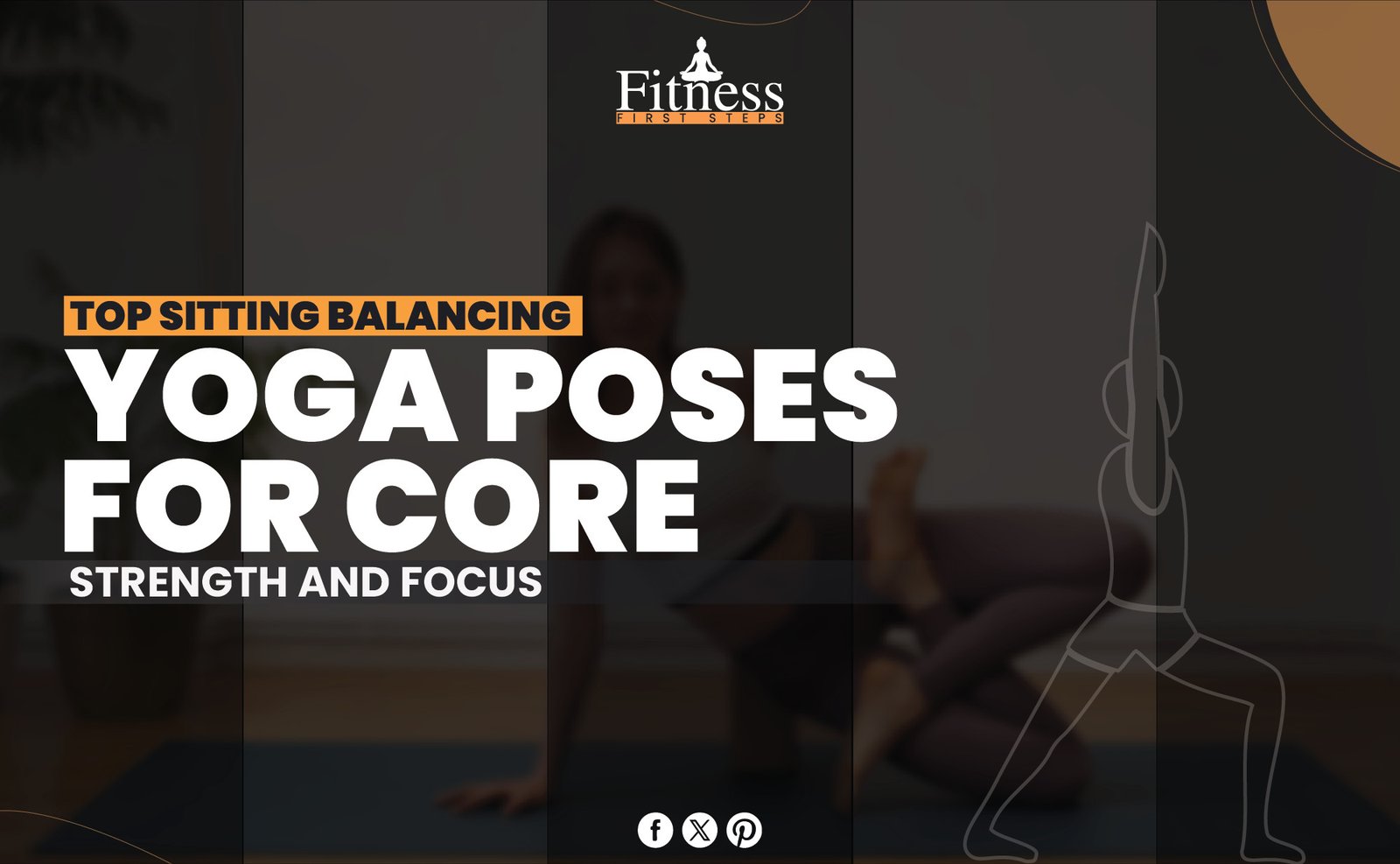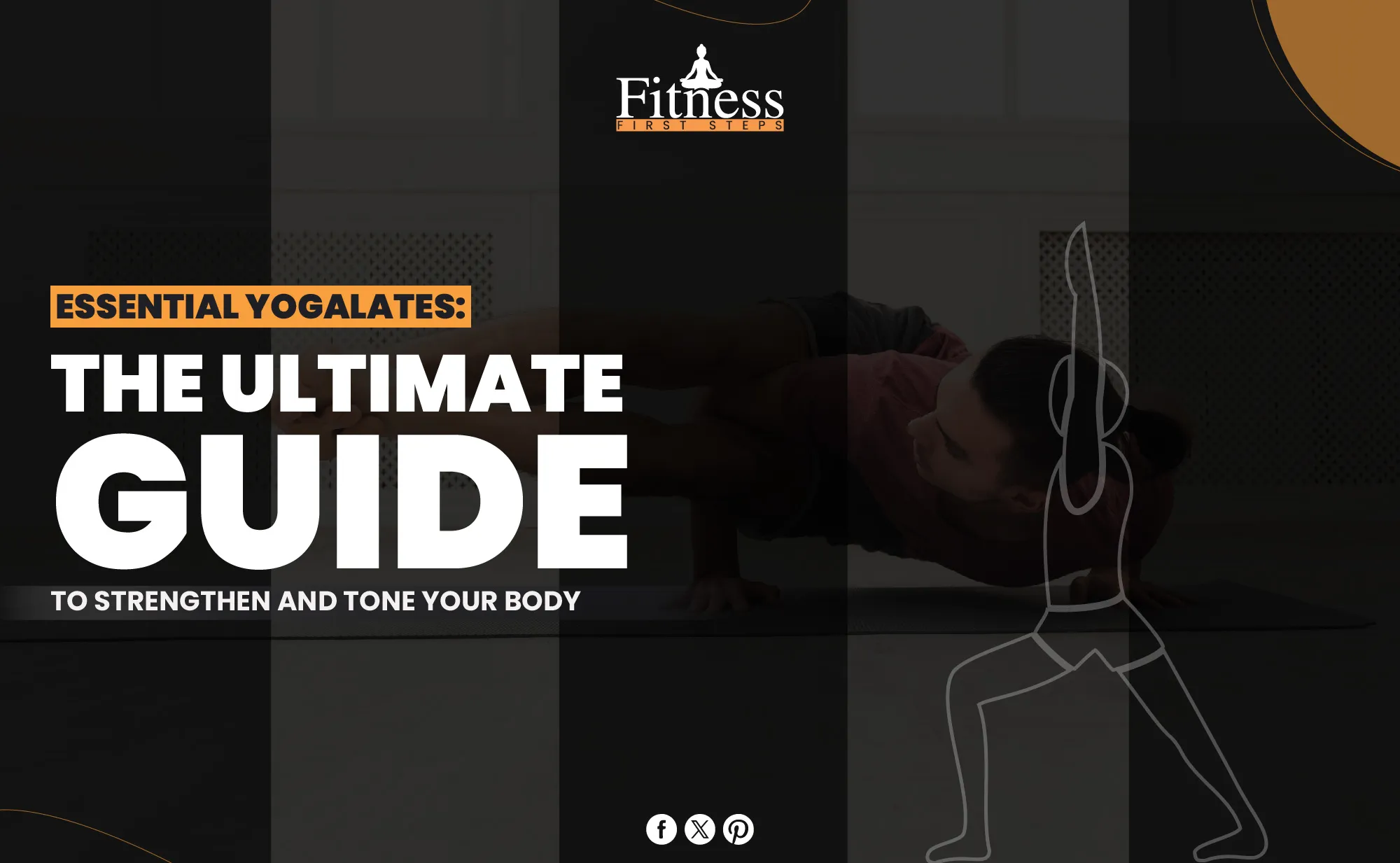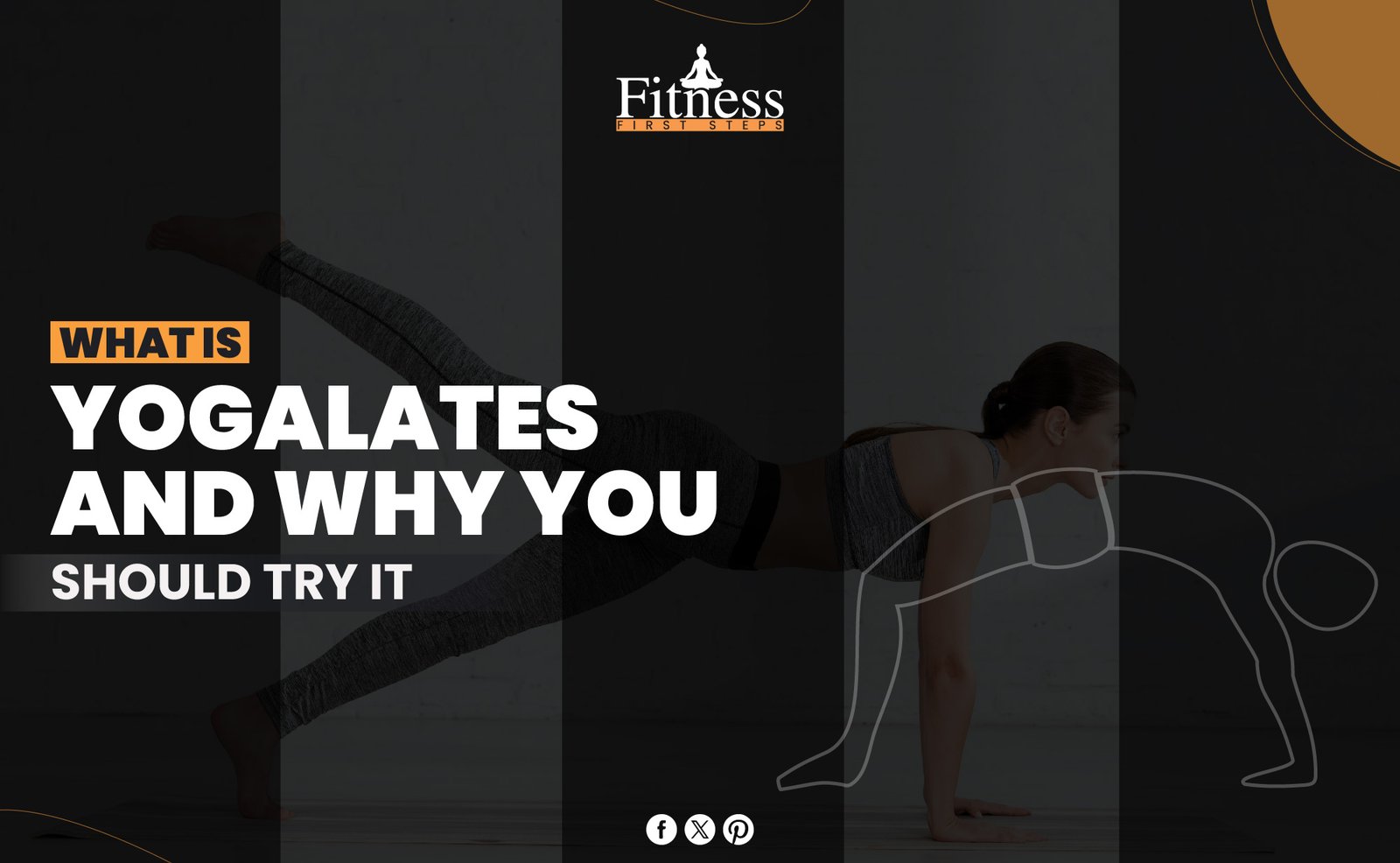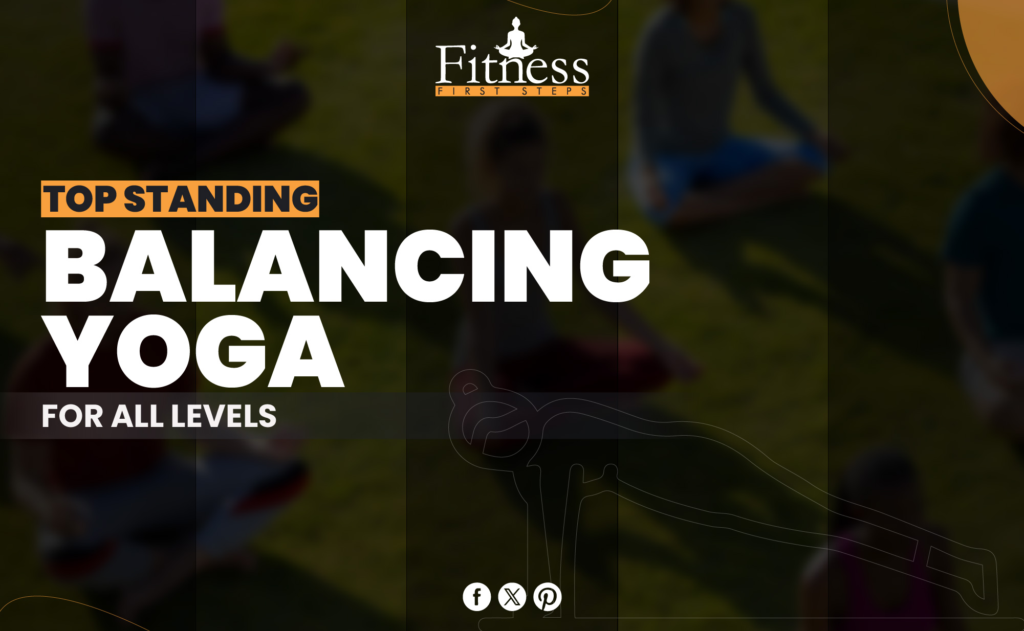Introduction
Being pregnant is a very special time full of joy and expectation. During this time, your body and mind also undergo significant changes. Because of this, it’s essential to stick to a routine that takes care of both of your health. Prenatal yoga has become popular among women expecting it because it helps keep the pregnancy healthy in many ways.
This complete guide will discuss why pregnant yoga is essential, including the main benefits, safe practices, basic poses, breathing techniques for labor, how to do yoga at home, and the available community support. This guide is for everyone, whether you’ve done yoga before or this is your first time.
You can read more about Somatic Yoga Therapy.
The Benefits of Prenatal Yoga
Pregnant women benefit greatly from prenatal yoga. It helps with pregnancy symptoms such as back pain, nausea, and insomnia. The technique promotes strength, flexibility, and relaxation—essential prenatally.
Physical Health
- Improved Posture: Pregnancy changes a woman’s center of gravity as the belly grows, causing postural changes that can hurt. Prenatal yoga increases posture and back strength by encouraging optimal alignment.
- Enhanced Circulation: The different poses and moves in prenatal yoga flow blood to all body parts. Better blood flow can help lower swelling and make both mom and baby healthier overall.
- Reduced Stress Levels: Prenatal yoga reduces stress through meditation. Focusing on breathing and being present helps reduce worry and anxiety in pregnant mothers, creating a pleasant atmosphere for the baby.
- Better Sleep: Physical exertion and relaxation in prenatal yoga can improve sleep. Yoga promotes restfulness naturally for pregnant women who have trouble sleeping.
- Increased Strength and Flexibility: Prenatal yoga strengthens the pelvic, lower back, and hip muscles and increases flexibility to prepare the body for childbirth. This can ease labor and delivery.
Mental Clarity and Stress Management
- Enhanced Focus: Prenatal yoga teaches pregnant mothers to focus on their breathing and movements. This increased focus can improve mental processes and decision-making outside of yoga.
- Emotional Stability: Prenatal yoga allows women to express their pregnancy and parenthood feelings safely. Connecting with themselves and other pregnant women can help them maintain emotional equilibrium.
- Reduction in Prenatal Depression Risk: Doing prenatal yoga regularly may make you less likely to experience prenatal sadness. Having friends and family, working out, and learning how to deal with worry can all help you feel better emotionally.
- Preparation for Labor: Pranayama (breathing movements) and meditation are essential parts of prenatal yoga. They help with pain management and coping during labor. Being mentally ready for birth can help lower fear and worry.
- Community Connection: Prenatal yoga courses invite pregnant women to share and encourage each other. This network can reduce isolation and foster lifelong friendships.
Preparing the Body for Childbirth
Yoga for pregnant women is a great way to prepare the body for giving birth. It combines gentle stretching with strength-building exercises to support the mother’s changing body and ease common pregnancy discomforts.
Gentle Stretching
Prenatal yoga gently stretches the back, shoulders, and neck, commonly tight during pregnancy. These exercises increase flexibility and help the body adjust to weight and form changes. Regular practice can lessen muscle cramps and stiffness, making daily activities more comfortable.
- Relief from Lower Back Pain: Pregnancy can cause lower back pain in many women. By loosening up the muscles and improving balance, gentle stretching can ease this pain.
- Increased Hip Flexibility: Hip stretches are beneficial as the pelvic area gets bigger to prepare for birth. Having more flexibility in your hips can help your birth go more smoothly.
- Reduction in Leg Swelling and Cramps: Leg cramps and swelling are typical in the later stages of pregnancy. Stretching your legs and improving blood flow can help reduce these symptoms.
Strengthening Exercises
In addition to gentle stretching, prenatal yoga includes movements that build muscle in critical areas needed for labor and recovery after giving birth. Here are some essential routines and what they can do for you:
- Squatting: Squats strengthen the thighs, hips, and pelvic floor, which is crucial during birthing. This activity also opens the pelvis, allowing the baby to descend during birth.
- Pelvic Tilts: This easy workout aligns the pelvis and improves abdominal muscles, relieving back discomfort. Pelvic tilts enhance pelvic floor muscle tone, aiding bladder control and postpartum recovery.
- Kegels: Kegel movements make the pelvic floor muscles more robust and more flexible by focusing on tightening and relaxing them. This is important for a smooth delivery and recovery after giving birth.
- Seated Side Bends: These stretches work the oblique muscles and keep the rib cage flexible while the uterus grows. Flexibility is essential for deep breathing and labor relaxation.
- Leg Lifts: Leg lifts can strengthen the thighs and knees and improve balance if done slowly and carefully. Strong legs help support the extra weight of pregnancy, which makes the back less stressed.
Through better physical strength, flexibility, and mental focus, these prenatal yoga poses can help pregnant women have a more comfortable pregnancy and maybe even a smoother labor and delivery.
Easing Pregnancy Discomforts
Alleviating Back Pain
Some women have back pain during pregnancy as their bodies get used to carrying the extra weight of the growing baby. Some exercises that are good for pregnant women can help with this pain:
- Child’s Pose (Balasana): This easy stretch is good for the back because it lengthens the spine and relieves stress. Being stressed out or tired can make back pain worse during pregnancy. This can help.
- Cat-Cow Stretch (Marjaryasana-Bitilasana): This sequence of exercises improves spinal flexibility and back muscle tension. The spine gently arches and rounds as you cycle between Cat and Cow positions, promoting vertebral column flexibility.
- Pigeon Pose (Eka Pada Rajakapotasana): Pigeon Pose, a more advanced stretch, can be adapted for pregnancy to widen the hips and relieve lower back stress. Props like cushions might make this stance easier during pregnancy.
Soothing Swollen Ankles
People who are pregnant often have swollen legs and feet because their bodies are holding more blood and fluids. A specific set of yoga poses and methods can help get the blood flowing better and reduce this swelling:
- Legs-Up-The-Wall Pose (Viparita Karani): This pose can help reduce swelling in the feet and ankles by raising the legs. This is done by improving circulation and venous return. It also calms the mind and body very deeply.
- Seated Forward Bend (Paschimottanasana): A deep-seated forward bend may not be good later in pregnancy. However, a modified version with legs slightly apart and a soft knee bend gently stretches the back and legs, increasing blood flow.
- Ankle Rotations and Flexing: Simple foot flexing and ankle movements can be done anywhere, but they work best when your legs are raised. These moves get the blood moving and can help reduce swelling.
Addressing typical discomforts and adding these postures and methods to regular prenatal yoga practice can make pregnancy more comfortable and less physically demanding. Move slowly, listen to your body, and adjust positions for comfort and safety.
Promoting Relaxation and Stress Relief
Calming the Mind
Meditation and stress relief are significant benefits of prenatal yoga for both the mother-to-be and the growing child. Here are some of the main ways that prenatal yoga helps women rest and deal with stress:
- Breathing Techniques (Pranayama): Deep breathing is an integral part of yoga and is especially good for pregnant women. They help keep stress in check and clear the mind. While laboring, techniques like Ujjayi breath can help you stay calm and focused.
- Meditation and Mindfulness: Regular meditation and mindfulness practices during pregnancy yoga can help lower stress and make you feel more calm. These activities teach pregnant women to be present and can help them sleep better.
- Gentle Yoga Flows: Yoga moves that are slow and gentle can be a form of meditation that calms the nervous system. These flows aim to calm you down and lower your stress, improving your mental health.
- Restorative Yoga Poses: Restorative positions like Supported Child’s Pose and Resting Butterfly employ props. This deepens muscle and mental relaxation, reducing tension and preparing for labor.
- Connection with the Baby: Using yoga poses that focus on connecting with the baby can help the mother-child link. For example, putting your hands on your belly during meditation and visualization techniques can help you feel more connected and at peace.
Adding these stress-relieving and relaxation methods to a prenatal yoga routine can help pregnant women have a calm and positive pregnancy, preparing their minds, bodies, and emotions to give birth and become mothers.
Connecting with the Baby
Mindful prenatal yoga steps strengthen the strong bond between a woman and her unborn child. These critical points show why this bond is so important and how to make it stronger:
- Focused Breathing: Tell women expecting to focus their breathing on the baby and picture each breath as a nurturing force surrounding the child. This not only increases the flow of oxygen but also makes the mental connection stronger.
- Gentle Belly Rubs: Some yoga poses and meditation can help moms feel closer to their babies by letting them rub their bellies gently. Both the mother and the baby feel better when they touch each other.
- Visualization Techniques: Help moms imagine a safe, healthy place for their babies to grow by having them do visualization activities. The power of visualization can help you feel at peace and connected.
- Affirmation and Positive Intentions: It can help create an atmosphere of love, health, and happiness by encouraging people to say positive affirmations or set goals for the baby during yoga sessions.
- Listening and Responding: Help moms pay attention to their bodies and babies. If they feel a kick or movement, letting them know you’re aware of it and responding gently with touch or voice can help the link.
Prenatal yoga improves the mother’s physical health and strengthens her and her child’s mental and emotional bond, building a base of love and trust.
Essential Prenatal Yoga Poses
The key to pregnant yoga is that the poses can be changed to fit your needs. These are seven essential poses, with changes made for each phase.
1. Cat-Cow Stretch (Marjaryasana-Bitilasana)
This gradual transition between positions relieves back and hip stress. Start on all fours with wrists under shoulders and knees under hips. Inhale to arch your back, elevating your tailbone and gazing up (Cow Pose), then exhale to round your back, lowering your chin to your chest and pressing into the mat.
Modifications:
- As your belly grows, spread your knees apart to make room.
You can ease the stretch by putting a yoga block under your hands.
2. Warrior II (Virabhadrasana II)
Warrior II is a great way to get stronger and last longer.
Spread your feet apart and turn your right foot out. Keep your left foot slightly turned in. Keep your right knee aligned with your second toe and bend it over your right ankle. Look over your right hand and spread your arms to the sides.
Modifications:
- For more support and comfort, keep your stance short.
If your balance is terrible, you can use a chair to help you.
3. Supported Triangle (Trikonasana)
The supported Triangle helps keep the side waist and legs flexible while supporting the core.
Assume Warrior II and stretch out your right leg. Lean forward and put your hand on a block or a chair seat. Lift your left arm and look at your left thumb to see if it feels good.
Modifications:
- For help, use a block or a chair.
For better balance, you can just keep your stance short.
4. Tree Pose (Vrksasana)
Tree Pose is a great way to improve your balance and strengthen your pelvic floor.
Place your feet hip-width apart, put your weight on your left foot, and put the sole of your right foot on the inside of your left thigh or leg, being careful not to touch your knee. Bring your hands to the middle of your heart. To keep your balance, look at something in front of you.
Modifications:
- Put the bottom of your foot on the inside of your ankle to lower your center of gravity.
If you need to, use a wall or chair for support.
5. Garland Pose (Malasana)
This pose helps open the hips and get ready for giving birth.
Put your feet wider than hip-width apart and turn your toes out a little. As you bring your hands together in the middle of your heart, gently open your knees with your elbows.
Modifications:
- To make the squat less deep, sit on a couple of yoga blocks.
To make yourself more stable, put your hands on the floor.
6. Side-Lying (Shavasana)
If you are pregnant and want to do Shavasana, lie on your side with your head and neck straight. Support your body with pillows if you need to stay comfortable while you sleep.
Modifications:
- Put a pillow or mattress between your legs for back and hip support.
A pillow for your eyes can help you sleep and block out light.
7. Butterfly Pose (Baddha Konasana)
This pose opens up the hips and stretches the inner legs, which can help ease pain and get the body ready for giving birth.
Put your knees out to the sides and sit on the floor with the soles of your feet together. Keep your back straight as you lean forward from the hips. Your knees can be pushed toward the ground with your arms.
Modifications:
- Sit on a folded blanket to raise your hips to make the pose more accessible.
To help your knees, put blocks or pillows under them.
Safety Tips and Considerations
There are many benefits to prenatal yoga for expecting moms, but safety should always come first. That’s why it’s essential to follow these rules:
Importance of Guidance
Expectant mothers should visit their doctors before starting prenatal yoga to guarantee safety for themselves and their kids. Working with a certified pregnant yoga instructor can help you adjust practices and use supports safely and effectively.
Listening to Your Body
Yoga requires expecting mothers to listen to their bodies and respect their limits. The body’s needs and abilities change daily during pregnancy. Reduce tension and discomfort by encouraging mothers to alter poses and move slowly. Prenatal yoga promotes self-awareness, adaptability, and safety for both mother and baby, enriching the experience.
Avoid Hot Yoga
If you do yoga in a hot or humid place, you could get too hot and lose water, which is not suitable for pregnant women. For the safety of their baby, expecting moms should choose a more relaxed setting, stay in comfortable temperatures, and avoid doing too much.
Regular Practice for Maximum Benefit
Prenatal yoga requires consistency. For best results, expectant mothers should attend classes numerous times a week. These sessions increase sleep, stress, circulation, strength, and flexibility. Endurance and mental focus from regular practice prepare the body for childbirth.
Conclusion
Prenatal yoga provides physical and emotional advantages to a healthy pregnancy. The practice helps expecting moms throughout pregnancy by improving strength, flexibility, endurance, sleep, stress, and circulation. This caring practice is available to all mothers due to the adjustments and safety considerations.
Expectant moms should try prenatal yoga for self-care and connection with their newborns to build health and well-being. Regular prenatal yoga under the supervision of healthcare providers and qualified instructors offers a more comfortable, empowered pregnancy and a deep connection with the life growing within.
